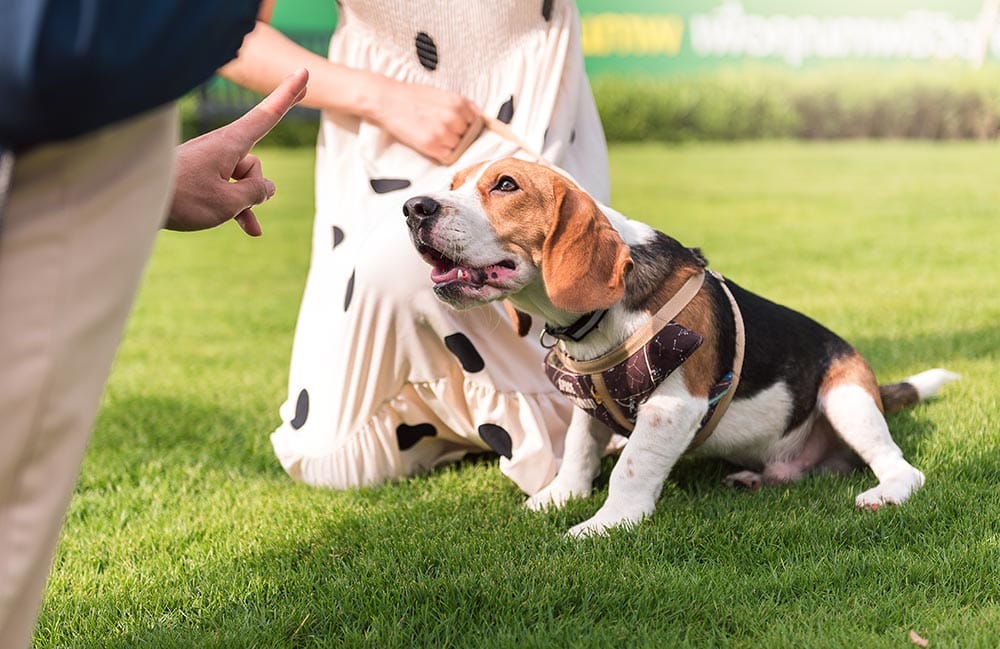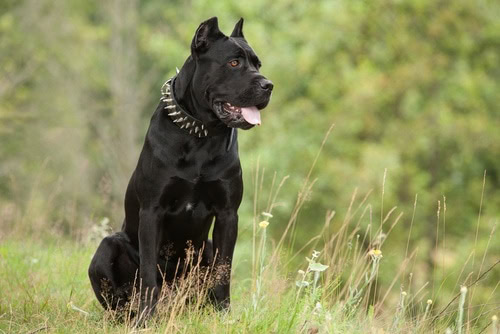How Far Can a Beagle Smell? Are They Good Smellers?
Updated on

Beagles are charming and adorable dogs that are routinely praised for their patience with children and their strong scent-tracking instincts. We all know that Beagles are strong smellers. After all, they’re a scent hound breed, so it goes without saying that they’re able to track game across long distances by scent alone. Just how good are Beagles at smelling, though?
How Far Can a Beagle Smell?
It may surprise you to learn that Beagles aren’t just strong sniffers. Beagles are ranked as having one of the best senses of smell in the world of domestic dogs, often competing closely with Bloodhounds and Basset Hounds. Although there are multiple factors that can impact how far a Beagle can smell from, like the strength of the odor and wind conditions, a Beagle can smell something from 10 miles away in ideal conditions.
What Makes Beagles So Good at Smelling?
Beagles have 225 scent receptors in their noses, which is significantly more than humans, and even more than many breeds of dogs. Scent receptors aren’t the only thing that make Beagles so good at smelling, though. The part of the brain that is responsible for smelling and processing scents is approximately 40% larger in Beagles than it is in humans, and even in some other breeds of dogs.
Beagles have a large surface area on their noses, which allows more space for them to thoroughly absorb smells. This allows them to find things that smaller or lower surface area noses with the same number of scent receptors may not be able to smell. For example, Beagles and German Shepherds have the same number of scent receptors, but Beagles are much better smellers than German Shepherds.

Is There a Benefit to Humans From a Beagle’s Strong Sense of Smell?
Beagles are scent hounds that were bred for the purpose of tracking game, often across miles. They have been known to track everything from foxes to rabbits, and they can also be used as tracking dogs for search and rescue organizations. A Beagle can be far more than a hunting companion if properly trained to seek out humans.
Some studies have been performed to see how well Beagles are able to sniff out cancers in humans. When caught by a cancer-sniffing Beagle, cancers can be caught before someone knows they are sick and potentially before tests and imaging will show the disease. In fact, in some studies, Beagles have shown a 97% accuracy level in detecting cancer when presented with blood samples of people with malignant lung cancer and without the disease.
The strong sense of smell isn’t the only quality that makes Beagles suitable for cancer-sniffing work. This breed is known for its high trainability, tendency to be gentle, even temper, and manageable size, all of which make them suitable for this type of work.
Conclusion
Beagles have fantastic sniffers thanks to multiple factors, including their high number of olfactory receptors in the nose, a large amount of surface area on the nose, and large brain area for processing scents. This breed is highly prized for tracking work, whether it’s for hunting or search and rescue. They have also shown great promise in other sniffing endeavors, like sniffing out cancer with an exceptionally high degree of accuracy.
See also:
Featured Image Credit: Platoo Studio, Shutterstock











